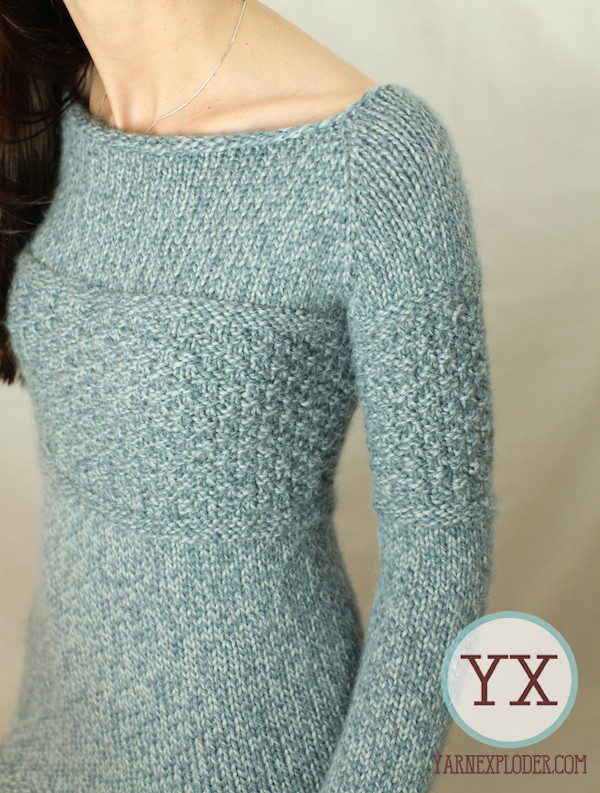If you've done more than a few projects, it becomes apparently how easy knitting is, which seems like a kind of injustice... The second things feel natural, all the knowledge that would've benefitted you in the beginning, nervous stages appears.
The thing is, knitting IS easy. Perhaps I'm betraying a legion of craftsmen and women when I say this, but it's a skill in which almost anyone can learn and become proficient.
I learned how to knit during winter break of my freshman year in college. I didn't knit religiously, and there were periods of months where I didn't knit at all. Within the last ten years as a knitter, I'd say I've probably been truly active for less than half of that time, and I'm comfortable with pretty much any knitting pattern that I wish to knit.
If you want to learn how to knit, there are tons of venues. There are classes and private lessons, books, and tons of resources on the internet. I started with an impulse buy at a craft store: a "Learn to Knit" kit that came with some utterly horrific boucle yarn, super large needles, and an incomprehensible pamphlet complete with single-color diagrams that did little to bolster my understanding of an entirely foreign concept.
One of the infuriating aspects of knitting is that the very first thing you do is "cast on" stitches to your needle... This creates little loops that will form the edge of your fabric, and forms the foundation for the rest of the knitted work. The thing is, the technique for casting on is not the same as normal knit stitches. And there's more than one way to do it, with multiple applications.
I struggled with casting on my first few stitches for days. This was before Ravelry, a great resource for knitters, and without friends or nearby relatives who could assist me in the crucial beginnings of my first little project. Soon enough, though, I figured it out, entirely due to stumbling upon Knittinghelp.com and the gloriously thorough videos there. I was on my way.
I never finished the scarf. I think I threaded the yarn through the loops I had, and tied a clumsy knot. I went on to my first real project:
It's exciting when you get it right! And more exciting when you start to realize the things you can do with those skills! Other old-timers, leave me some stories about your learning curves in the comments!
- YX
(Yarn, yarn, yarn!)




I get the sense you weren't lying about your first project looking like clown vomit. The colorway frightens me. Love you, miss you!
ReplyDeleteIt was atrocious! I miss you, too!
DeleteAs someone who has been knitting actively for just under 2 years, I really appreciate this post. It IS easy, and thanks to the wonders of the internet, it's easy to teach yourself. My first cardigan wasn't exactly a perfect fit, but it wasn't too shabby.
ReplyDeleteIt's great to hear that other people struggle too. It gives me hope!
I think it gets more fun as you improve-- so many skills and options open up! I'm hoping sewing is similar...:)
DeleteI taught myself during freshman year of college too! I managed casting on, knit stitch, and binding off, but I think it was about six months before I could figure out how to purl, so my first projects were all garter stitch! Pretty soon after that I decided I was going to knit socks, then lace, and there was no looking back.
ReplyDeleteOh, my first purls... I kept getting yarnovers because I wasn't moving my yarn to the front "under" my needle! Many a holey fabric was created, haha!
Delete